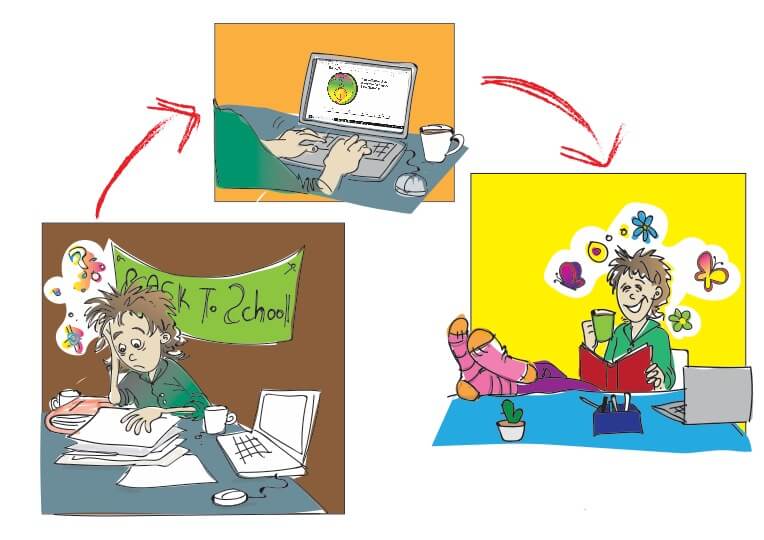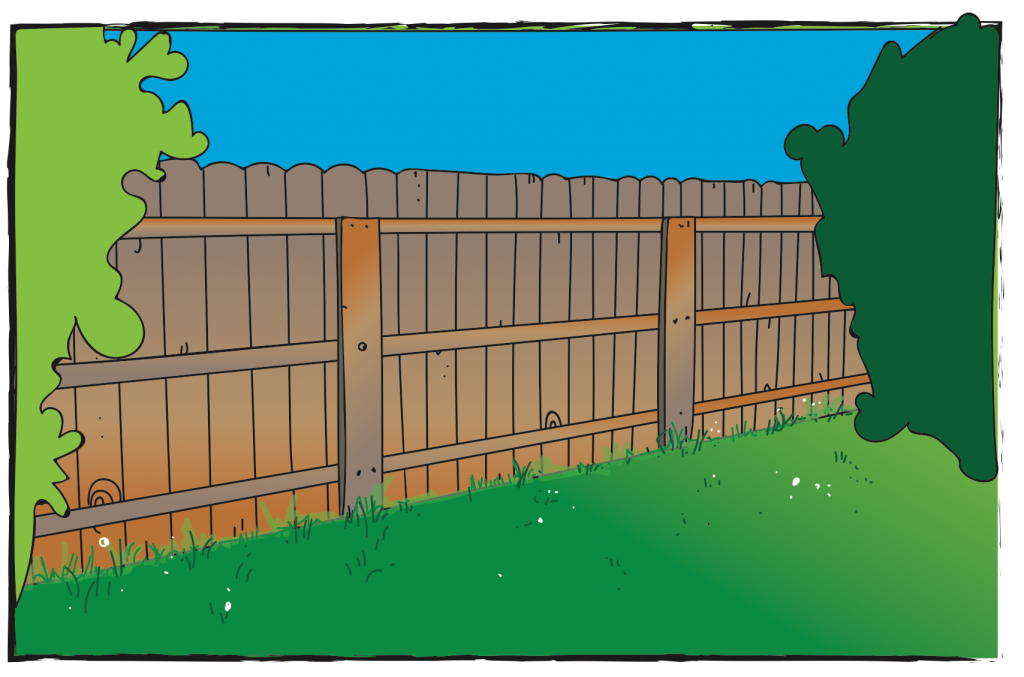New Year Musings…
Welcome back to the new school year. Over the holidays, post Christmas, we have been talking with lots of teachers to better understand the pressures, apprehensions and constraints that teachers face every working day about large and small decisions as well as all the bits in-between. One constant request is to make searching for inquiry-based learning resources easier to find online. The people who do our tech work have been all over this request, we have received their research information and are about to start the changes in the next week. We hope this will make your inquiry-based resource searches on our site a whole easier.
As a team we started some conversations about the concepts of equity and equality in the teaching resources we generate and how it has a fit with inquiry-based methodologies. It was posited that you have four students standing in front of a fence. Student One can see over it easily; Student Two can nearly see over it; Student Three is much shorter and can’t begin to see over the fence and Student Four is wheelchair bound and the fence presents no opportunities.
So, if we construct tailor made boxes that allow all students to see over the fence (teacher driven) have we achieved equity and equality, that optimises far seeing and learning opportunities for all the students?
This discussion roamed around a fair bit and got quite heated and here is the end result of our understandings.
In inquiry based teaching and resource development which focuses on student agency held in rich social collaboration with the teacher and class community, the approach to the fence and its potential might look something like this :
The inquiry might ask:
- What is the purpose of being at the fence?
- What prior knowledges do the four students have about fences?
- What might help each one move from what they already know about fences, to cross the zone of proximal development (Vygotsky) in their learning community, to a new and previously unknown understanding about fences?
Student One wants to see what is over the fence, why was it built, are there any more fences ahead, is there a gate in this fence, will there be other people once I’m past this fence?
Student Two wants to understand how the fence was built, what did the makers of the fence have to know about building to ensure the fence didn’t fall over, why was the fence built, would I be allowed to paint the fence and what sort of paint would I need?
Student Three is curious to know if the fence was built to keep someone/something in or out, what happens where the fence ends, what do the margins look like, who is standing by the margins, does the fence have any weak points where it could be tipped over?
Student Four wonders what is a fence, what does it remind me of, how do I get past it, if there is a way through this ‘fence’ thing will there be a path I could wheel down to a shady place, who is there to help me understand this thing, why would anyone make this ‘fence’ thing happen?
This inquiry based approach to the fence, and how do we make sure there is differentiation, sites of agency, equity and social collaboration in how students get to explore the questions of form; function; perspective; causation, etc with relation to fences, and bring all those understanding to share with their larger learning community is the adventure offered by this sort of learning space. It is also the challenge we try and address in our resource development in BCW.


